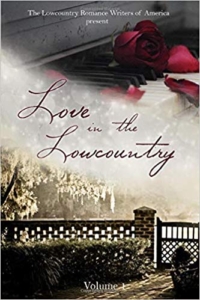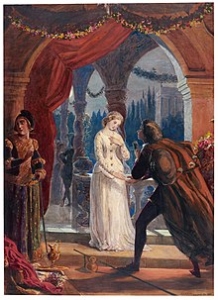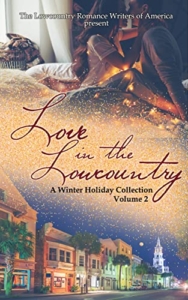Interiority by Saralyn Richard
Interiority by Saralyn Richard

I recently attended a virtual meeting at which the author, Mark Stevens, spoke. He claimed the main reason a reader likes a fiction book is interiority. Since all writers aim for readers who like our books, I paid attention.
Mark did an excellent job of explaining what interiority is—masterful, in fact, because interiority, like voice, is difficult to nail down. Basically, interiority is the multi-dimensional way in which an author provides the internal thoughts, feelings, and attitudes of a character, so that the character comes alive on the page.
Mary Kole gives another thorough explanation of interiority in fiction here.
When I’m writing, the chief vehicle for character interiority is point of view. Each time I write another book, I learn more about point of view and how critical it is for giving readers the best story.
Here are some of the things I’ve learned:
- The perfect POV to serve the story is like the batter’s sweet spot. It can make the difference between a foul ball or a home run.
- Having too many POV characters in one book can cause “head-hopping” for the author and the reader. There are ways to accomplish multiple POVs gracefully, but they require a lot of writing finesse.
- The problem with having only one POV character is that character has to be “on stage” in every scene. Everything in the story is seen through that character’s interiority, or it isn’t seen.
- There used to be only two types of third person POV—omniscient and limited. Now there is a third person deep POV that allows access to the POV character’s thoughts and feelings.
Mark Stevens said readers, especially mystery readers, care less about plot points and more about the people who are living within those plots. I’m sure he’s right, because when I think of all the Agatha Christie books I’ve read—with multi-varied plots and settings—what do I recall most? Hercule Poirot, Miss Jane Marple, Tommy and Tuppence Beresford. And Connelly’s Harry Bosch and Renee Ballard. And Patterson’s Alex Cross.
My own writing experience bears this out. When MURDER IN THE ONE PERCENT came out, the most consistent feedback I received was about Detective Parrott. Not the wealthy and powerful partygoers who had occupied my thoughts when plotting out motivation, weapon, and opportunity. Detective Parrott, the Everyman protagonist, captured readers’ attention and hearts way more.
When Quinn McFarland appeared in BAD BLOOD SISTERS, she was the only POV character. Everything in the book was filtered through her eyes and ears, and she shared a lot of her thoughts and feelings with readers. Throughout the writing process, I identified so closely with Quinn that certain chapters caused me physical discomfort. Readers have told me they felt the same thing.
I’ve read many books where a character’s interiority left an indelible imprint on me. One example is Kya Clark, the Marsh Girl in WHERE THE CRAWDADS SING.
What examples can you think of where POV characters have stayed with you long after you finished the book?
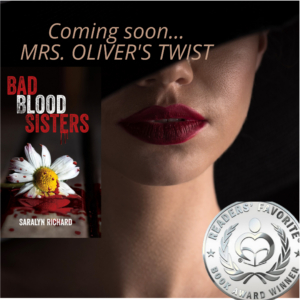
Saralyn Richard is the award-winning author of seven mystery novels, including the Detective Parrott mystery series, and the children’s book, Naughty Nana. Her newest book, Mrs. Oliver’s Twist, is the sequel to Bad Blood Sisters. Look for it soon.
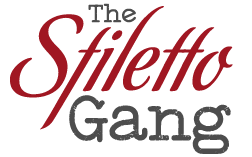

 What is slang anyway and why does it work? The dictionary defines slang as: “a language peculiar to a particular group, an informal nonstandard vocabulary composed typically of coinages, arbitrarily changed words, and extravagant, forced, or facetious figures of speech.”
What is slang anyway and why does it work? The dictionary defines slang as: “a language peculiar to a particular group, an informal nonstandard vocabulary composed typically of coinages, arbitrarily changed words, and extravagant, forced, or facetious figures of speech.”
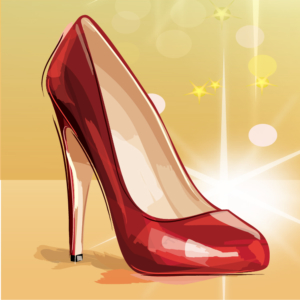 Clicking Our Heels – Wardrobes and Our Novels and Characters
Clicking Our Heels – Wardrobes and Our Novels and Characters

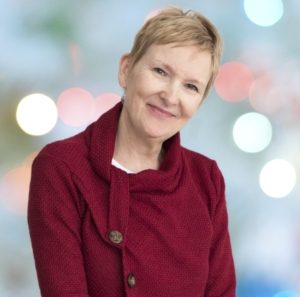 donalee Moulton is the author of Conflagration! — a historical mystery that won the 2024 Daphne du Maurier Award for Excellence in Mystery/Suspense (Historical Fiction). Her other books include a mystery novel based in Nova Scotia, Hung Out To Die, and a non-fiction book about effective communication, The Thong Principle: Saying What You Mean and Meaning What You Say. As a freelance journalist, donalee has written for over 100 publications across North America. You can catch up with her on
donalee Moulton is the author of Conflagration! — a historical mystery that won the 2024 Daphne du Maurier Award for Excellence in Mystery/Suspense (Historical Fiction). Her other books include a mystery novel based in Nova Scotia, Hung Out To Die, and a non-fiction book about effective communication, The Thong Principle: Saying What You Mean and Meaning What You Say. As a freelance journalist, donalee has written for over 100 publications across North America. You can catch up with her on 